#Birds in Peru
Text

Les oiseaux vont mourir au Pérou
Written and directed by Romain Gary (1968.)
1 note
·
View note
Text
this is the place to post about your knowledge and i’m thinking about my little royal sunangel (from the coquette hummingbird family) google deep-dive and i wanted to show you guys these rare little bastards!
this is a male (left) and female (right) sunangel, they’re sexually dichromatic (different colors indicate different sexes) and so, so teensy! they’re roughly 4.3-4.7 inches/10-12 cm long from their beak to their tail!
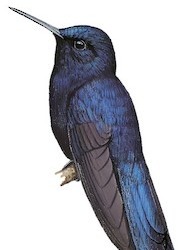

they’re as little in number as they are little in size, too. they are exclusively found in the bordering andes area ecuador and peru share, where there are subtropical elven forests (because everything about them deserves a pretty name). there are only 8 known sunangel habitats within this area. when documentation started, around the start of the 2010s, there were 12. the estimated population of this endangered bird is anywhere from 3-7 thousand. the royal sunangel population has been steadily — and scarily — declining since their discovery in 2009, and this is largely attributed to the deforestation due to frequent forest fires and the conversion of their habitats into agricultural fields.

it feels like the royal sunangel JUST got discovered, and the scientific community has only JUST started noting down how unique they are among their hummingbird family and birds at large, and now their delicate little frames and stubborn commitment to their habitat range might lead them to death’s door before i reach middle age and have the credentials or cause to observe them myself. ornithologists love these little guys because they feed in these little circuits so no two (super territorial) males may meet, and when they feed, they either stalk and eventually eat insects or take nectar from shrubs and flowers using the punctured feeding holes of some other animals’ labor. also, you know how hummingbirds famously hover while they feed? these hummingbirds are the only ones who don’t. they perch and relax (as is only sensible)!

If you find them as charming as I do, or if you have a heart, you’re probably asking yourself how we go about conserving these birds in the first place.

well, on the agricultural front (which is more heavily an ecuadorian obstacle for these habitats), the situation feels more complicated. ecuador’s market relies on agricultural exports and i don’t see how tumblr users could make the government prioritize sustainability over profits. There are already conservation groups trying to fight that good fight and buy properties on these fragile biodiverse lands before agricultural companies can (you can punch in neoprimate.org for a good one, my link function isn’t working on here) and if you can donate a little to these initiatives you’d be contributing to the protection of tons of endangered species in the local areas.
another way to prevent habitat loss is by funding efforts to prevent the forest fires that frequently wipe out habitats around this area, especially those in peru (the area with the majority of sunangel habitats). there are legal and activist groups putting energy towards that that’s linked above, but another subtle improvement is to provide local farmers and residents with fire weather forecast devices. this way, everyone will be on the same page, and know that if it’s an arid/risky day to light a fire, they should act conscientiously. these devices are being circulated and groups are educating about and encouraging them to the local communities and could use some help in these links. below, i have a screenshot from an organization that doesn’t have a clear donation link for me, but i heavily encourage supporting, because ultimately i think local, sustainable, community-based and indigenous-prioritizing efforts are the way to go.
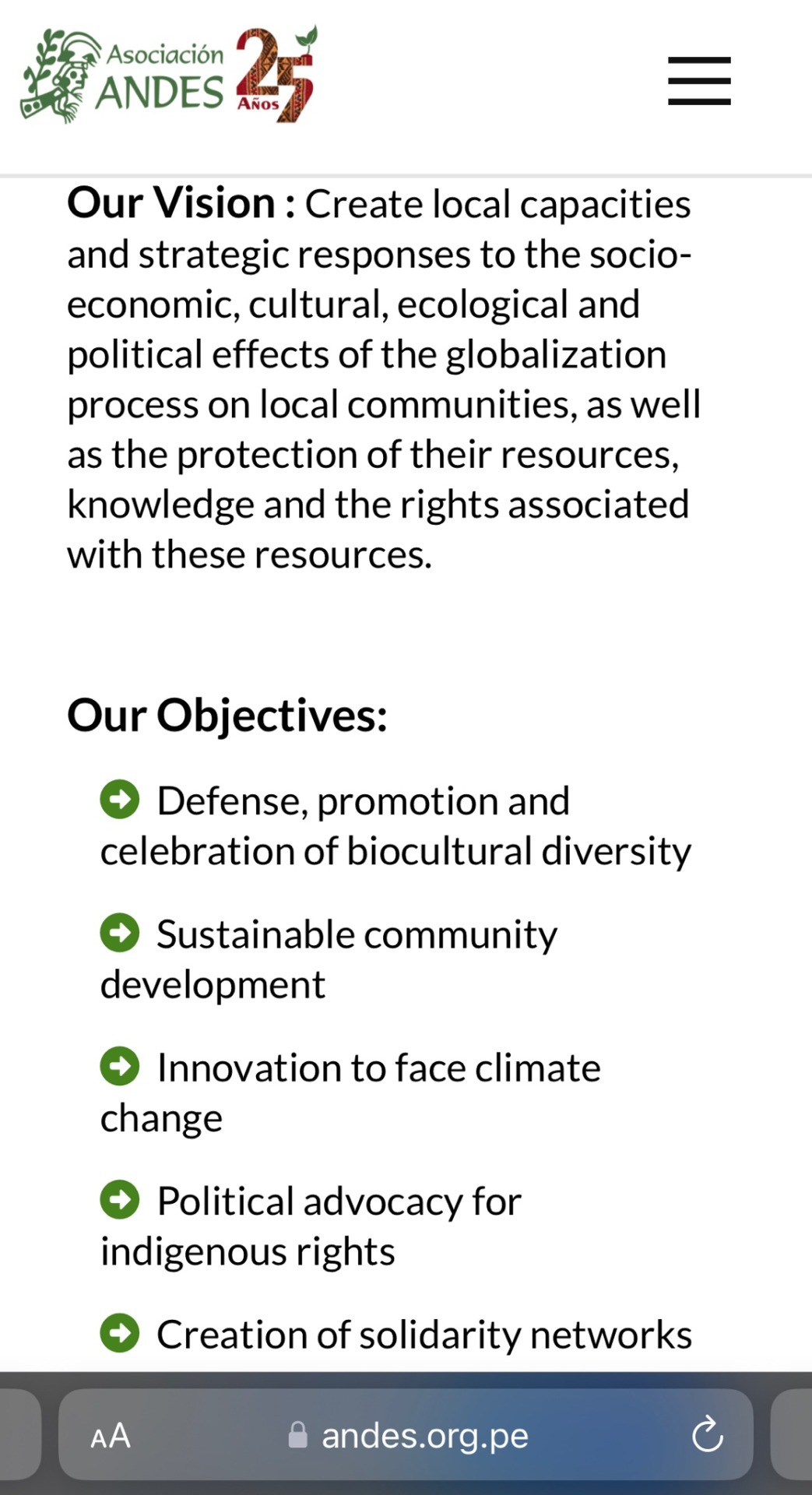
thanks so much for listening to my little spiel about these cuties, and i hope this information brightens your day and motivates you to care about the beautiful things we can protect. 💙💜
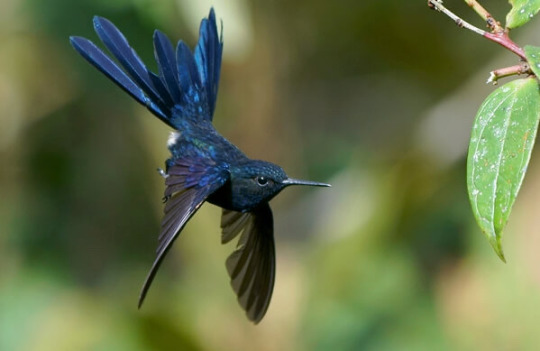
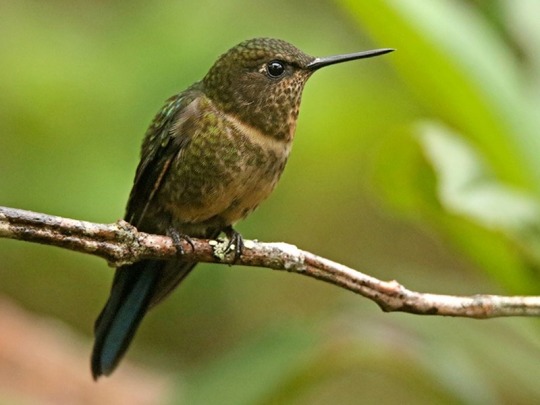
#conservación#conservation#ornithology#birdblr#birdlovers#birds#birdphotography#hummingbird#royal sunangel#peru#ecuador#conservatism#amazon#rainforest
449 notes
·
View notes
Text
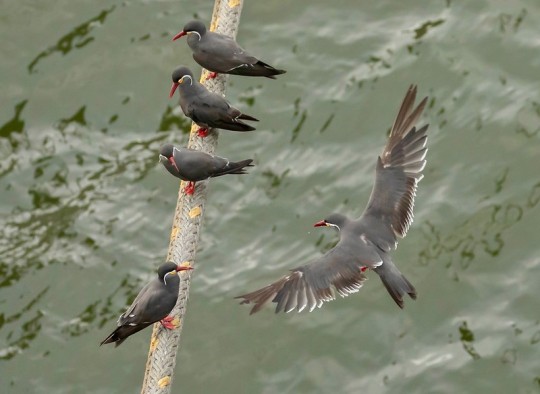
Inca terns (Larosterna inca) perch on a beam near Paracas, Peru
by Harold Moses
#inca tern#terns#seabirds#birds#larosterna inca#larosterna#laridae#charadriiformes#aves#chordata#wildlife: peru#wildlife: south america
228 notes
·
View notes
Photo
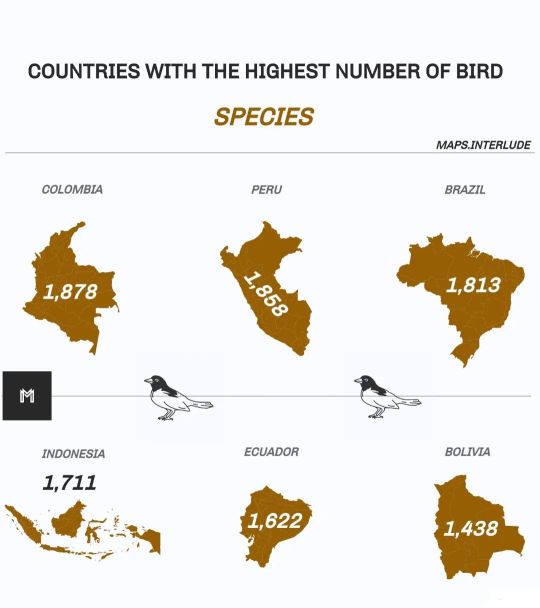
Countries with the highest number of bird species.
by maps.interlude
2K notes
·
View notes
Text

Animal logos ☆☆☆
Need a unique, creative & professional logo/branding for your business? PM us for details!
#parrot#birds of prey#birds#gorilla#ecuador#peru#lima#deer#hunting#cow#cowboy#beef#steak#wild animals#logos#illustration#artists on tumblr#branding#startup#creative#identity#company
73 notes
·
View notes
Text

At first glance, it looks kind of like a mountain. A little bit like Uluru/Ayers Rock in Australia, perhaps. But this towering structure, a couple of hundred feet high, was not a mountain of rock.
It was a mountain of bird shit, two million tons of it. This mountain of shit saved lives, sparked war, made people immensely rich, and served as an unexpected engine of world history.
Off of the west coast of South America, there are a number of little islands, including the three that make up the Chincha archipelago, where the above picture was taken. They have, since time immemorial, been a nesting site for seabirds. Tens of millions of them, in fact. To give you a sense of the numbers, the photo below, taken in 1910 for a U.S. government report, is drily captioned, “Very small portion of a flock of cormorants on the south island of the Chinchas.”

Without rain to wash it away, pure, unadulterated guano accumulated on the islands for centuries in deposits a hundred feet high or more.
{WHF} {Ko-Fi} {Medium}
164 notes
·
View notes
Text
Endangered Seabirds Flourishing on Island for First Time in Decades as Invasive Rabbits Removed https://www.goodnewsnetwork.org/endangered-seabirds-flourishing-on-island-for-first-time-in-decades-as-invasive-rabbits-are-gone/
For the first time in over four decades, Peruvian diving petrels have four active natural nests on Chañaral Island after a dedicated conservation group cleared the island of a deadly invasive species.
This unique Chilean ecosystem has seen a resurgence in its seabird population following the successful removal of rabbits in 2017—and last year, the partners announced the first seabird chick born on the island in over 40 years.
The achievement is the result of a collaborative effort between Chile’s National Forestry Corporation (CONAF), Laboratorio de Ecología y Diversidad de Aves Marinas from the Universidad Católica del Norte, and one of the most serially successful wildlife organizations on Earth—Island Conservation.
The team discovered four active natural nests, including two with chicks, one with an adult, and a fourth with a fledgling. This breakthrough offers great hope for the birds, known locally as ‘yuncos’, that were classified as ‘Endangered’ by the International Union for the Conservation of Nature (IUCN) just four years ago.
In addition to the rabbit removal, Island Conservation scientists also implemented social attraction tools to encourage birds to return. This included solar-powered speakers that play petrel calls, a sign to passing individuals of high-quality nesting habitat nearby.
Today, thanks to all these efforts, the Peruvian diving petrel is now classified as just ‘Near Threatened’.
— This is just an excerpt—the rest of the article is very fascinating!
#good news#science#environmentalism#nature#environment#animals#conservation#chile#peru#Peruvian diving petrels#birds#endangered species#invasive species
63 notes
·
View notes
Text
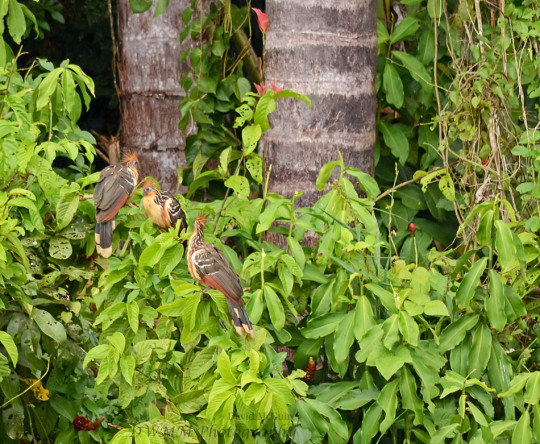
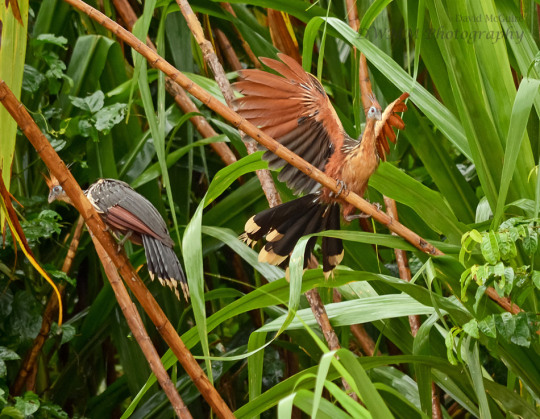
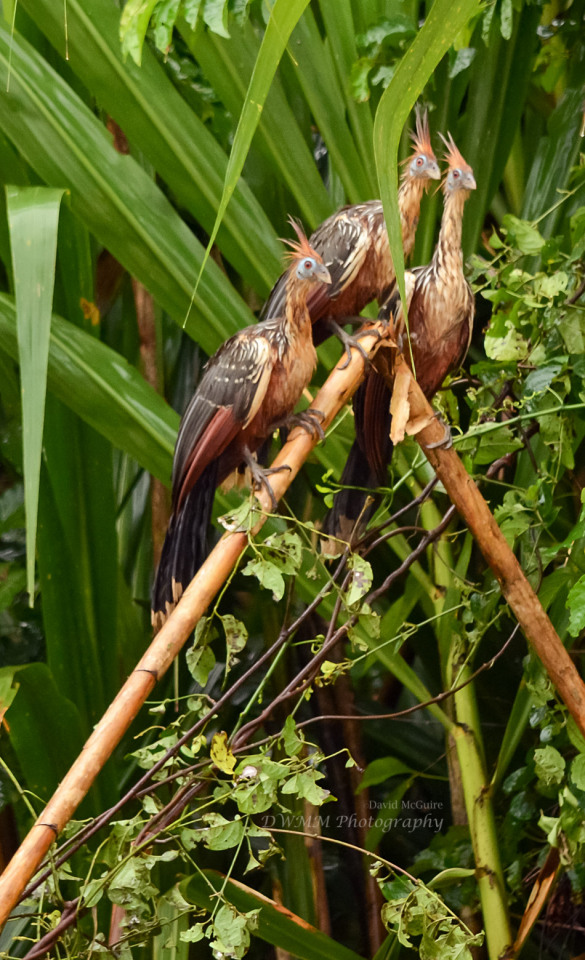





Hoatzin are birds of the South American tropics who have a stinky reputation. Living around slow moving or still water, these birds are folivores - eating leaves and fermenting them in a well developed crop to extract maximum nutrients (foregut fermentation, like in cows). The extra weight of fermenting plant doesn't make for great flying ability, but it does allow for methane burps.
#hoatzin#my photos#bird photography#Peru#Rio Madre de Dios#Lago Sandoval#Tambopata#Opisthocomus hoazin
98 notes
·
View notes
Text

La Merced, Junín, Perú
32 notes
·
View notes
Photo

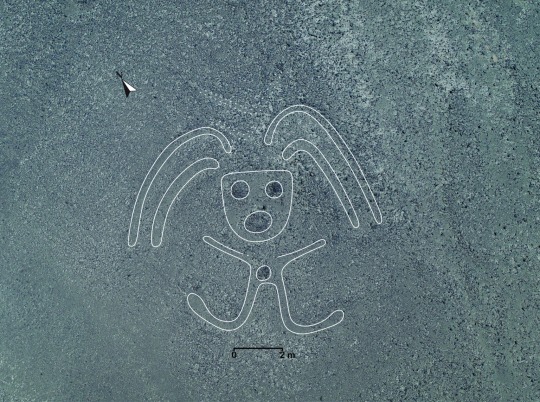
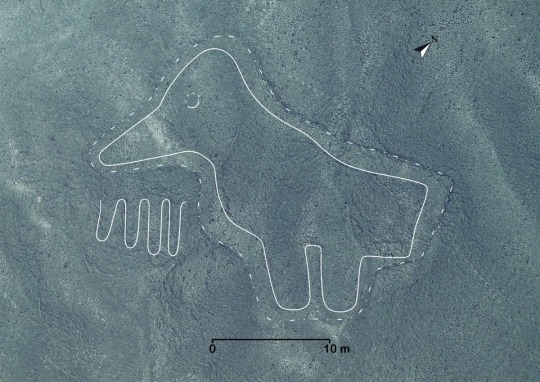
168 New Geoglyphs Discovered in Peru !
Archaeologists discovered 168 geoglyphs near the arid Nazca plain in Southern Peru. The new findings, which encompass images of humans, birds, snakes, cats, and killer whales, date between 100 BCE and 300 CE, when the pre-Incan Nazca civilization lived in the region. The discovery adds to nearly 1,000 straight lines and hundreds of figurative drawings that have so far been identified as part of the vast Nazca lines.
The Nazca people created the works by removing the earth’s top layer of black stone to reveal the white sand below, and although the exact function of the lines is unknown, they are thought to have served a ritualistic purpose in relation to astrology.
Professor Masato Sakai of Yamagata Unviversity in Japan and Peruvian archaeologist Jorge Olano led the recent survey The team used aerial photographs, some captured by drones, to decipher the figures. Most of the newly discovered figures are relatively small — less than 32 feet wide — and many were drawn on hillsides.
Yamagata University began surveying the Nazca lines in 2004. The university last announced new findings in 2019, and so far, Yamagata University has identified a total of 358 previously unknown geoglyphs.
The 290-square-mile protected region that contains most of the Nazca lines is a UNESCO World Heritage Site. Most of the works remain in good condition, although the 1937 construction of the Pan-American highway cut through some, and the ancient lines have sustained isolated damage in the past decade. In 2014, Greenpeace activists staged a protest that damaged the geoglyphs, and in 2018, a truck driver drove through the area and cut through three of the drawings. Sakai warned that mining initiatives could threaten the Nazca lines, and the university stated that it plans to use artificial intelligence to establish the lines’ distribution patterns, which will be used to further conservation efforts.
Words by Elaine Velie / Courtesy of Hyperallergic
#art#design#history#style#nazca#nazca lines#south america#birds#animals#geoglyphs#unesco#peru#snakes#whale#human#elaine velie#hyperallergic
244 notes
·
View notes
Text

Birds - near Ballestas Islands, 2014
#picofthenight#travel#peru#original photographers#photographers on tumblr#nature#birds#flying#nature photography#photoofthenight
17 notes
·
View notes
Text

(Photographed by Wikipedia-user Telegro)

(Photographer unknown, image sourced from @worldbirds32 on Twitter)

(Photographed by ecoregistros.org moderator, Emilio Martin Perez)
Sappho sparganurus, commonly known as the red-tailed comet (but known to me as the Holiest Lesbian Hummingbird), of the tribe Lesbiini of the subfamily Lesbiinae
@todaysbird
24 notes
·
View notes
Text
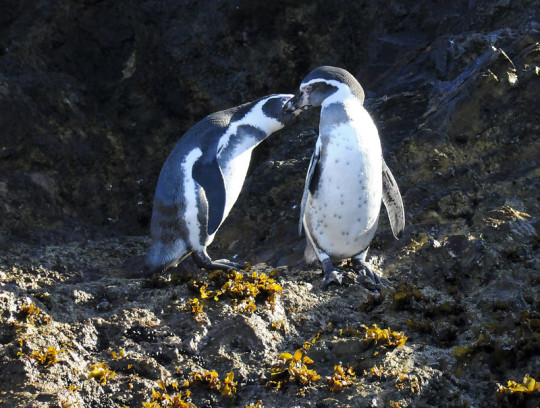
A pair of Humboldt penguins (Spheniscus humboldti) in Peru
by Laurence Green
#humboldt penguin#penguins#birds#spheniscus humboldti#spheniscus#spheniscidae#sphenisciformes#aves#chordata#wildlife: peru#wildlife: south america
81 notes
·
View notes
Text
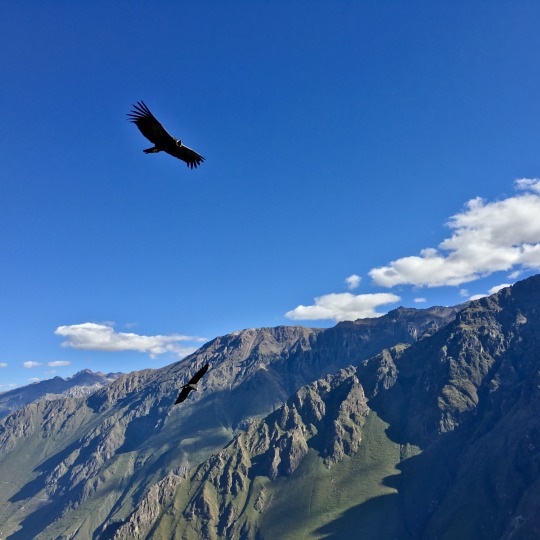
The Andean condor is the largest bird in the American hemisphere and one of the largest flying birds in the world. They rarely flap their wings, instead gliding on the thermal currents of the mountains.
In Inca myth condors are the representation and children of Inti, the Sun. This makes them cousins of a sort to the line of Incas, also sons of the Sun. Are the birds of Colca the last born heirs of the Sun in the 450 years since the beheading of Túpac Amaru? Maybe. They do seem like demigods, and their home in Colca Canyon, Arequipa region, one of the deepest canyons in the world, is a magic place. I visited and took this shot in May 2019. Theme music provided.
14 notes
·
View notes
Photo
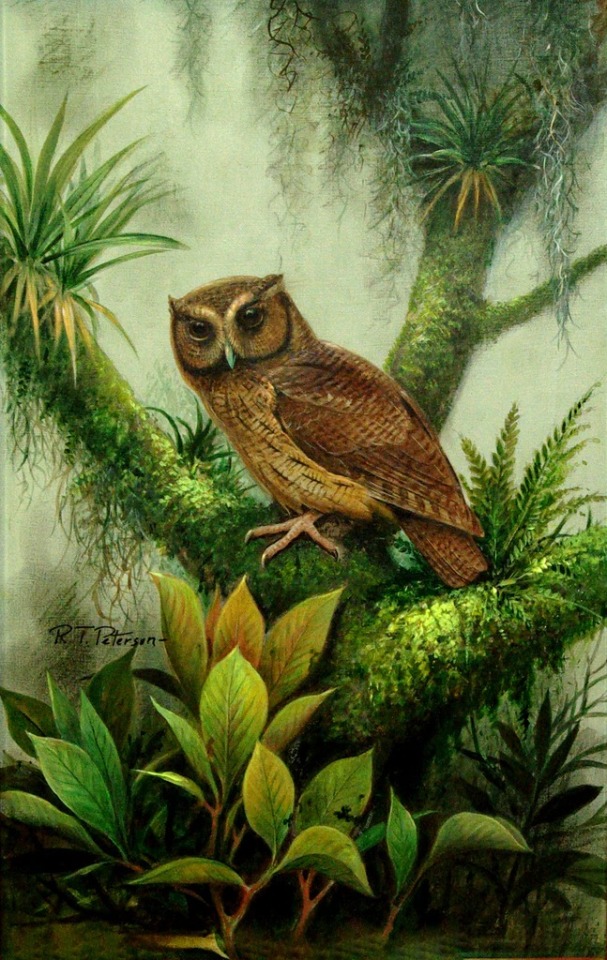
Otus Petersoni - Roger Tory Peterson , 1992.
American, 1908-1996
Oil on masonite , 17 1/2 x 12 1/4 in.
148 notes
·
View notes
Text
BOTD: White-Necked Jacobin
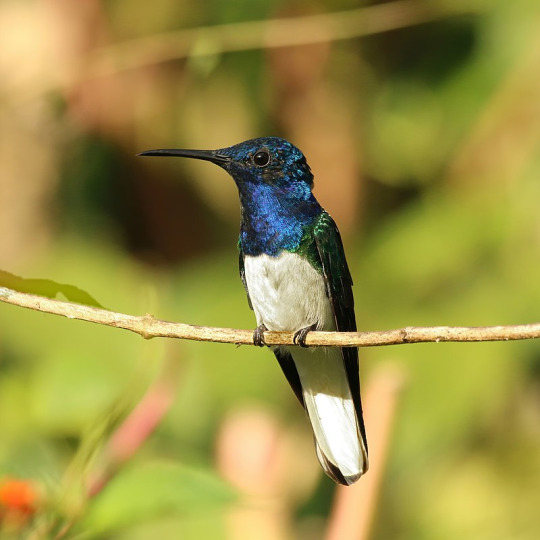
^Image credit: Charles J. Sharp
White-Necked Jacobin (Florisuga mellivora)
The White-Necked Jacobin was first described in 1743 by the English naturalist George Edwards in A Natural History Of Uncommon Birds. He used the name 'white-belly'd huming bird'. It is typically seen high in trees, but flies lower at forest edges and clearings.
#white-necked jacobin#white necked jacobin#jacobin#hummingbirds#hummingbird#florisuga mellivora#birds of mexico#birds of central america#birds of brazil#birds of peru#birds of bolivia#tropical birds#bird taxonomy#birding#bird facts#bird fact#bird#birds#bird of the day#ornithology
83 notes
·
View notes